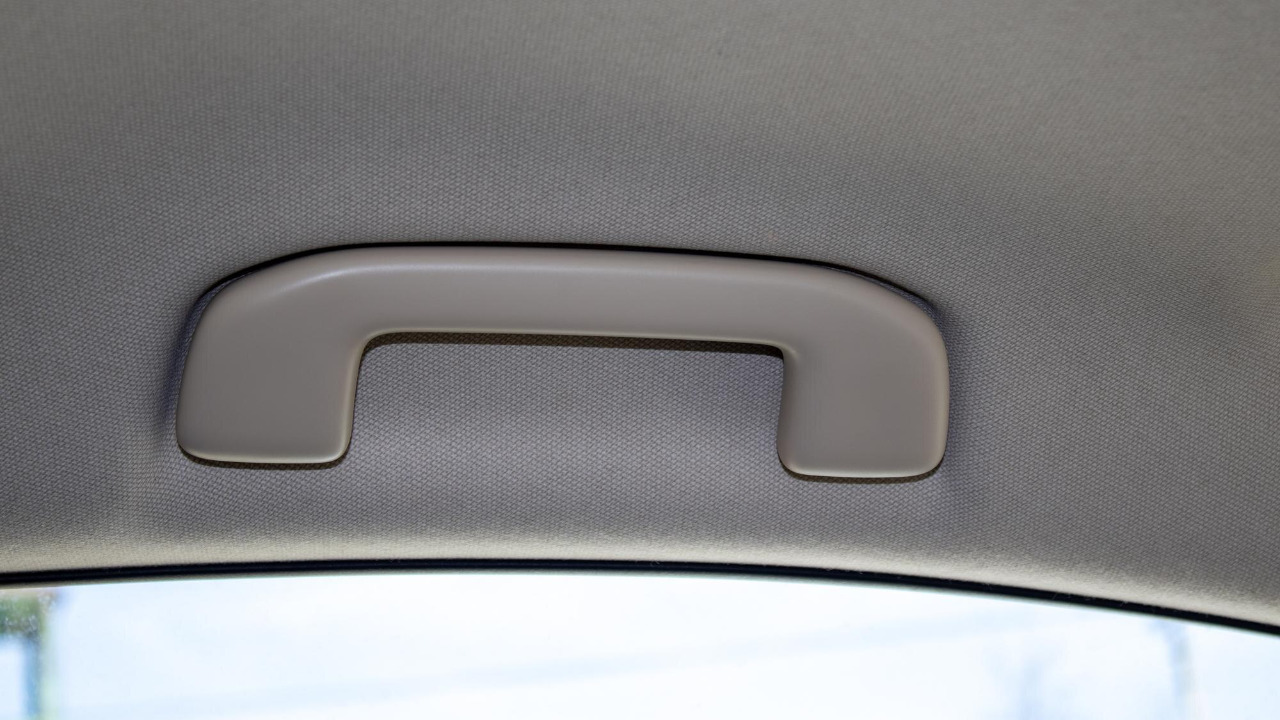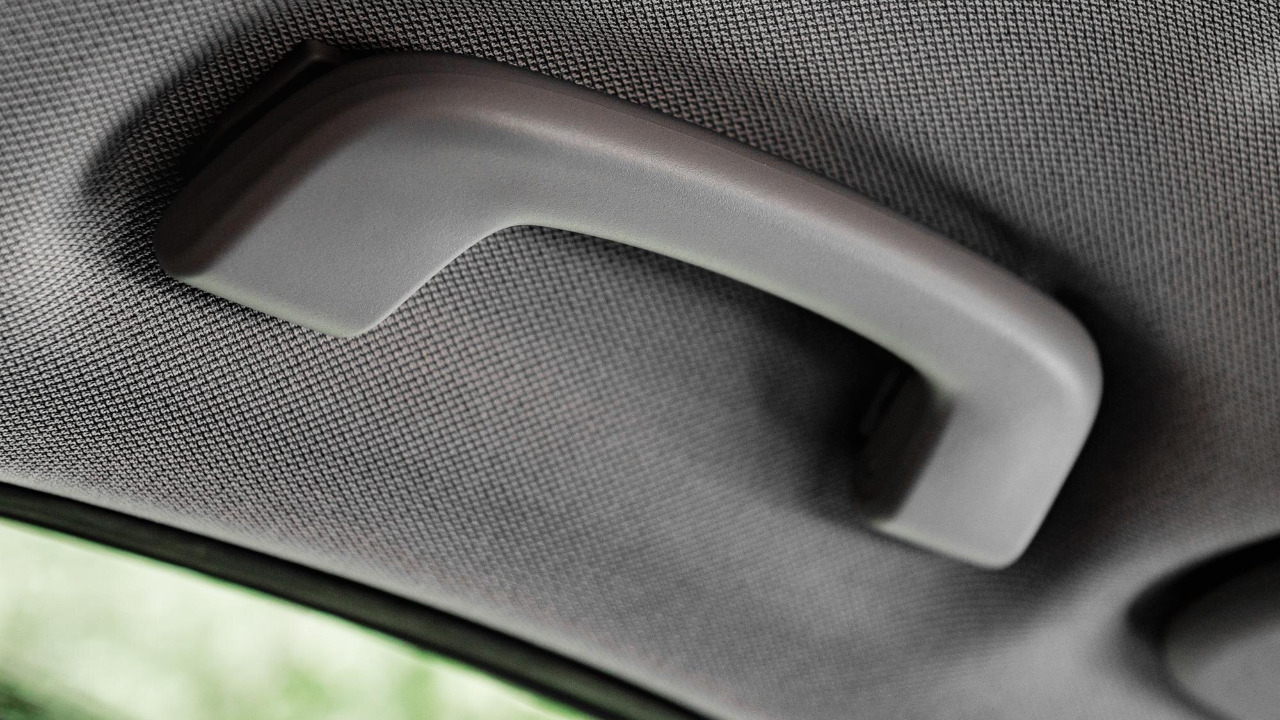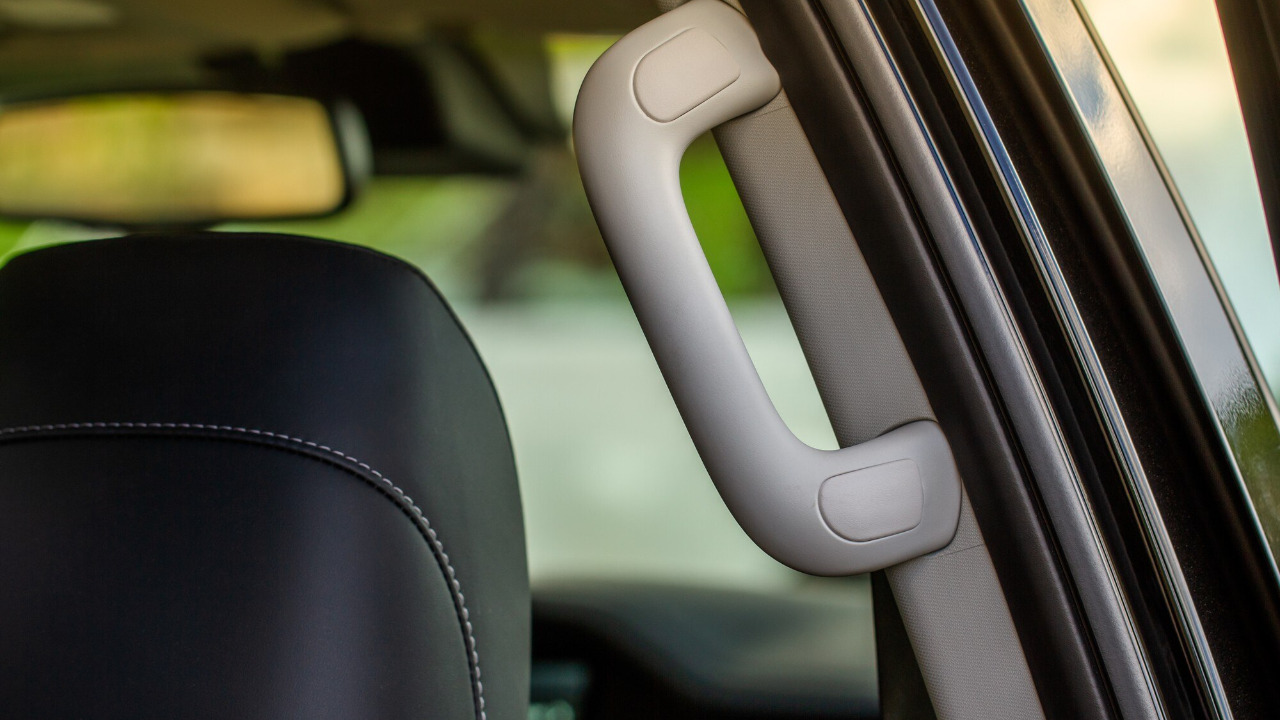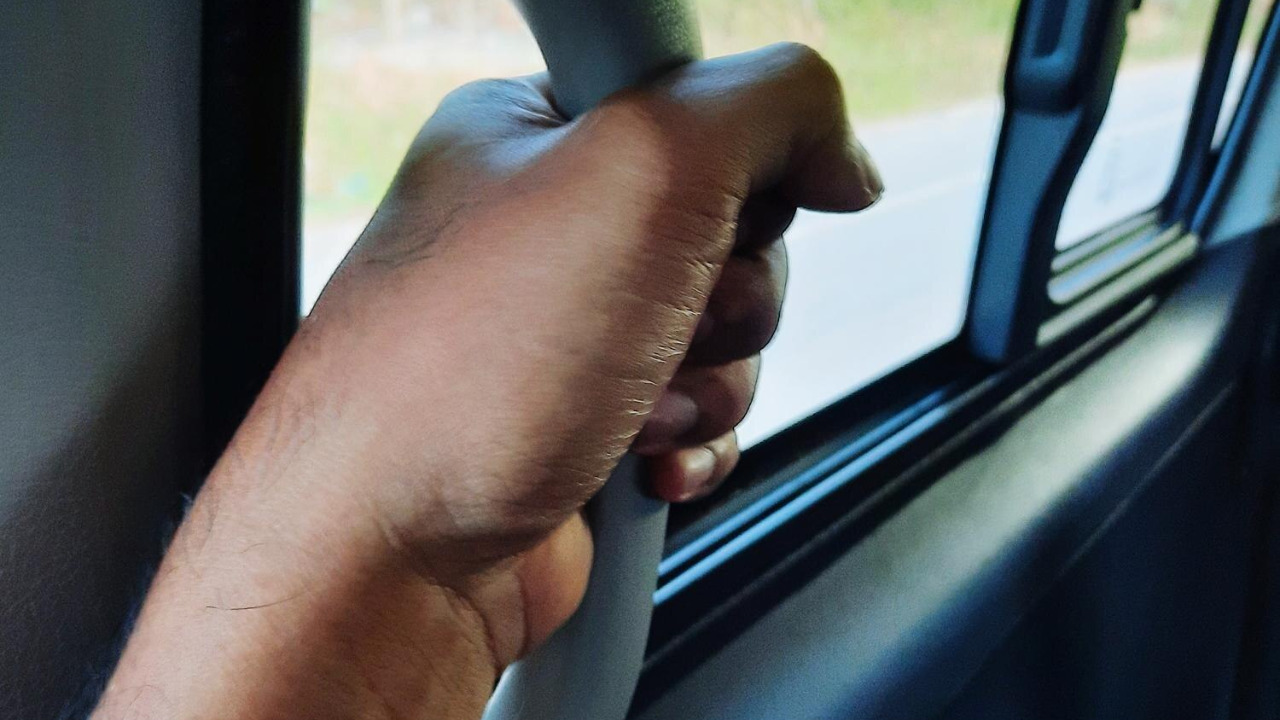
You’ve likely noticed the handles located above the doors inside your car, yet their purpose might not be entirely clear. Often referred to as “grab handles,” these seemingly simple features have a variety of uses beyond what you may initially think. Delving into their true purpose reveals aspects of their design, history, and practical applications that enhance both convenience and safety in modern vehicles.
The Purpose Behind the Design

Passenger Safety and Stability
Grab handles play a crucial role in passenger safety and stability. During sharp turns or sudden stops, passengers can instinctively reach for these handles to steady themselves, reducing the risk of injury from being thrown around the vehicle. Though seatbelts are the primary safety feature designed to protect occupants, grab handles provide an additional layer of security by helping passengers maintain balance. In vehicles like the Toyota RAV4 or Honda CR-V, grab handles are strategically positioned to be easily accessible, underscoring their importance in modern car design.
Ease of Entry and Exit
For many, particularly those with mobility issues or older adults, entering and exiting a vehicle can be challenging. Grab handles serve as a supportive aid, offering a sturdy grip that assists individuals in safely getting in and out of the car. In larger vehicles like SUVs or trucks, where the step up or down is significant, these handles become even more vital. They provide the necessary leverage to ease the transition, making the process safer and more comfortable for everyone involved.
Historical Context and Evolution

Origins in Automotive Design
The concept of grab handles in vehicles dates back to the early days of automotive design. Initially, they were introduced as a practical feature in luxury cars to enhance passenger comfort. Over time, as cars became more sophisticated, the grab handle’s role expanded from a mere accessory to an integral part of vehicle safety and design.
Changes in Placement and Functionality
With advancements in automotive technology, the placement and functionality of grab handles have evolved significantly. In earlier car models, handles were often a simple loop or strap, located directly above the window. Today, they are designed to blend seamlessly with the car’s interior, often featuring ergonomic grips and materials that complement the vehicle’s aesthetic. The evolution of grab handles reflects broader trends in car design, where both form and function are prioritized.
Practical Uses Beyond the Obvious

Wardrobe and Accessories
Beyond safety, grab handles offer practical uses for everyday travel. They can serve as convenient spots to hang clothes, ensuring that garments remain wrinkle-free during commutes or longer trips. This is particularly useful in business travel scenarios, where maintaining a polished appearance is crucial. Additionally, grab handles can accommodate small accessories like umbrellas or bags, allowing for more organized and clutter-free travel.
Interior Customization and Modifications
For car enthusiasts, grab handles provide opportunities for customization and personalization. Some individuals use these handles as mounting points for interior modifications, such as additional lighting or decorative elements. This practice is especially popular among owners of vehicles like the Jeep Wrangler, where customization is a key part of the vehicle’s appeal. By utilizing grab handles creatively, car owners can enhance both the functionality and aesthetic appeal of their vehicle’s interior.
Impact on Modern Vehicle Design

Integration with Safety Features
Incorporating grab handles into modern vehicle design involves careful consideration of safety and ergonomics. These handles are often integrated with other safety features, complementing airbags and seatbelts to enhance overall passenger protection. In some vehicles, grab handles are strategically placed near airbag deployment zones to ensure that they do not interfere with the function of these critical safety systems.
Influence on Interior Aesthetics
Beyond their practical applications, grab handles also contribute to the interior aesthetics of a vehicle. Designers strive to create handles that not only serve functional purposes but also enhance the visual appeal of the car’s interior. The choice of materials, colors, and textures for grab handles is often aligned with the overall design theme of the vehicle, ensuring a cohesive and visually pleasing interior environment.
Common Misconceptions and Myths

Misunderstood Safety Features
Despite their usefulness, grab handles are sometimes misunderstood or undervalued. A common myth is that these handles are purely decorative or unnecessary. In reality, they serve essential functions that enhance safety and comfort for passengers. Clarifying their purpose helps dispel these myths and highlights the valuable role that grab handles play in vehicle design.
Clarifying Usage Etiquette
Understanding the proper use of grab handles is crucial for ensuring passenger safety and comfort. While they offer support for entering and exiting the vehicle, it’s important to use them appropriately to avoid damage or injury. Passengers should be encouraged to use the handles as intended, rather than pulling on them excessively or using them for purposes they weren’t designed for. By promoting correct usage etiquette, drivers can help maintain the integrity of the vehicle’s interior features.